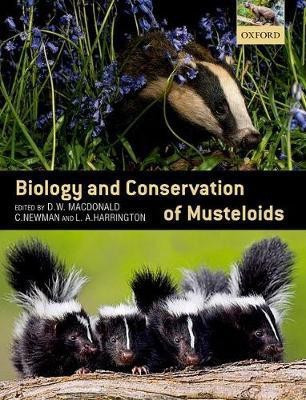Biology and Conservation of Musteloids(English, Hardcover, unknown)
Quick Overview
Product Price Comparison
The musteloids are the most diverse super-family among carnivores, ranging from little known, exotic, and highly-endangered species to the popular and familiar, and include a large number of introduced invasives. They feature terrestrial, fossorial, arboreal, and aquatic members, ranging from tenacious predators to frugivorous omnivores, span weights from a 100g weasel to 30kg giant otters, and express a range of social behaviours from the highly gregarious to the fiercely solitary. Musteloids are the subjects of extensive cutting-edge research from phylogenetics to the evolution of sociality and through to the practical implications of disease epidemiology, introduced species management, and climate change. Their diversity and extensive biogeography inform a wide spectrum of ecological theory and conservation practice.The editors of this book have used their combined 90 years of experience working on the behaviour and ecology of wild musteloids to draw together a unique network of the world's most successful and knowledgeable experts. The book begins with nine review chapters covering hot topics in musteloid biology including evolution, disease, social communication, and management. These are followed by twenty extensive case studies providing a range of comprehensive geographic and taxonomic coverage. The final chapter synthesises what has been discussed in the book, and reflects on the different and diverse conservation needs of musteloids and the wealth of conservation lessons they offer.Biology and Conservation of Musteloids provides a conceptual framework for future research and applied conservation management that is suitable for graduate level students as well as professional researchers in musteloid and carnivore ecology and conservation biology. It will also be of relevance and use to conservationists and wildlife managers.


